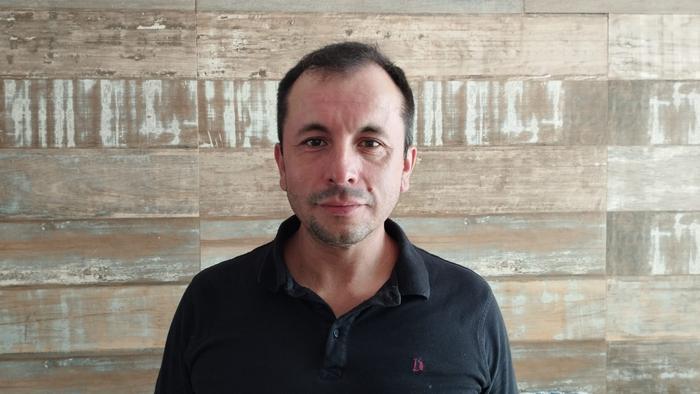Understanding the interaction between quantum particles is crucial in the discovery of new molecules or materials that can be used for novel technological or medical applications. For instance, when molecules or chemical compounds interact with light, their physical properties can change substantially. Bearing this in mind, the new field of polaritonic chemistry aims to trigger new chemical reactions using light as a catalyst. More generally, controlling light-matter interactions provides a way to manipulate and synthesize new quantum matter.
Understanding the interaction between quantum particles is crucial in the discovery of new molecules or materials that can be used for novel technological or medical applications. For instance, when molecules or chemical compounds interact with light, their physical properties can change substantially. Bearing this in mind, the new field of polaritonic chemistry aims to trigger new chemical reactions using light as a catalyst. More generally, controlling light-matter interactions provides a way to manipulate and synthesize new quantum matter.
The research work, as always, progresses by making hypotheses that must be verified. But when the object of study is a quantum system involving a multitude of different elements, i.e. electrons, photons, phonons, the situation can be even more complicated. It is difficult to accurately calculate the “wave function” of such a system, that is, a function that contains the relevant physical information to make accurate predictions about the behaviour of many quantum particles of more than one type.
A group of researchers from the University of Chicago, coordinated by Carlos Leonardo Benavides-Riveros, a research fellow at the Department of Physics of the University of Trento, and David A. Mazziotti from the University of Chicago, made a contribution to this topic.
They started with an “ansatz“, a theoretical prescription, that can help them predict the interactions among the particles in a many-body quantum system on a quantum computer. Then they generalized this ansatz to treat systems that contain more than one type of quantum particle, e.g., systems that contain not only electrons but also photons and/or phonons.
To demonstrate, the researchers have simulated a universal quantum algorithm on an IBM quantum computer, with zero theoretical error.
And that is the novelty of this study: the researchers have developed a single approach that can be used to generate exponential prescriptions (“ansatzes”) for many-body quantum system with more than one type of particle that, when is implemented on quantum devices, produces exact wave functions.
According to physicists, this solution also opens up new perspectives in the study of the states of matter.
“Quantum systems as molecules or solids, as we find them in nature, never contain only electrons. Many fascinating properties can be created or supressed when light interact with them”, explains Carlos Leonardo Benavides Riveros. “What we did,” he continues, “was to introduce other quantum particles beyond electrons such as particles of light, commonly known as photons. And by following our universal formulation of the problem we can understand the structure of its wave function and hence, its physical properties.”
“Because the ansatz is particularly suitable for quantum computers,” David Mazziotti explains, “the advance opens new possibilities for using quantum computers to model important molecular problems in light-matter interaction, such as occur in polaritonic chemistry.”
Carlos Leonardo Benavides Riveros arrived at the University of Trento in 2022 from the Max Planck Institute for the Physics of Complex Systems in Dresden thanks to a Marie-Curie individual grant. He conducts his research work in the laboratories of the Pitaevskii BEC Center on Bose-Einstein Condensation, based at the University of Trento with the National Institute of Optics (INO) of CNR. His research interests lie in the problem of understanding and modelling quantum many-body systems. He aims to improve existing techniques or develop new ones for the study of complex quantum systems.
About the article
“Exact Ansatz of Fermion-Boson Systems for a Quantum Device” was published in Physics Review Letters.
Its authors are Samuel Warren and Yuchen Wang (Department of Chemistry and The James Franck Institute, University of Chicago). The coordinators of the study are Carlos Leonardo Benavides Riveros (Pitaevskii BEC Center, CNR-INO and Department of Physics, University of Trento) and David A. Mazziotti (Department of Chemistry and The James Franck Institute, University of Chicago).
The study is available at: https://doi.org/10.1103/PhysRevLett.133.080202
Journal
Physical Review Letters
DOI
10.1103/PhysRevLett.133.080202
Article Title
Unveiling the relationship between electrons and photons
Article Publication Date
23-Aug-2024





